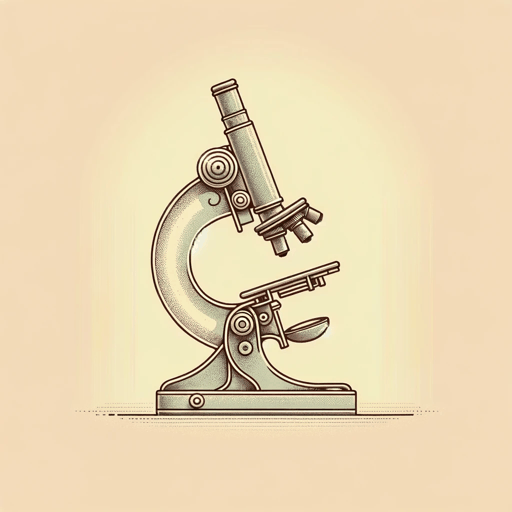39 pages • 1 hour read
William H. McneillPlagues and Peoples
Nonfiction | Book | Adult | Published in 1976A modern alternative to SparkNotes and CliffsNotes, SuperSummary offers high-quality Study Guides with detailed chapter summaries and analysis of major themes, characters, and more.
Key Figures
Chicken Pox and Measles
Little is known of the earliest diseases afflicting humankind. The records that exist—when they exist—are unscientific, and often attribute acute symptoms in ways that obscure their origins to modern specialists. Nevertheless, such diseases are recorded in the human body in the form of hard-won resistance over time. A disease such as chicken pox may once have been as devastating as other diseases that are transferable from human-to-human hosts, such as tuberculosis and influenza; yet now, it is a disease that almost exclusively affects young children and the elderly. It has the extraordinary latent effect of lying dormant in human bodies for decades, reemerging in the elderly as shingles. In so doing, McNeill writes, “the virus neatly solves the problem of maintaining an unbroken chain of infection within small human communities” (68). This endemic quality defines many of the diseases with which humanity has learned to live.
Measles is another such endemic childhood disease. Scholars in McNeill’s day (there is contemporary debate on the subject), bolstered by the writings of the Persian physician Muhammad ibn Zakariya al-Razi (850–923), speculated measles first hit Rome with devastating results in the second century A.D. The Antonine plague, as it was called, halted the spread of the Roman Empire and set the stage for its eventual diminishment.

